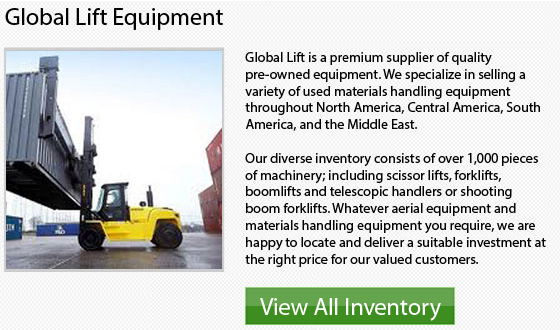
The forklift truck is an extremely large and powerful machinery able to function smoothly and efficiently, raising and transporting objects within material handling orientated tasks. A lot of parts should be replaced regularly due to breakages and damages.
Forklifts are very versatile machines. A range of different accessories could be fitted onto the equipment in order to increase their capabilities and expand the tasks they are regularly able to complete. Several of the main different forklift accessories and components are described below.
Fork Extensions
Blade extensions are made to fit over the forklift's standard forks. These forks could can be changed entirely, or different parts can be added to them so the truck can raise various types of cargo such as rollers, telescopic loads, baskets, among others.
Forklift Seals and Bearings
The seals and bearings on the lift truck allow the inner workings on the machine to run optimally and efficiently. Bearings enable two moving components of the machine to smoothly work together, without any friction. If not correctly fitted, bearings and seals could occasionally wear down or even break and these components may have to be replaced occasionally. If a bearing is the correct type of bearing for the equipment and it is properly fitted, this particular lift truck component could easily outlive the life expectancy of the entire equipment.
Cabs
The cab part of the lift truck truck is the portion where the operator sits and controls the entire machine. Based on the particular model, the cab could be open or it may have a roof. On a work site, this forklift component usually has a roof to comply with safety measures and reduce the risk of falling materials.
Brake Forklift Parts
The brakes situated on a forklift truck are required to be regularly tested in order to make sure that they are in safe working condition. Normally, these components should be replaced due to damage or extended wear.
Tires and Wheels
The wheels and the tires are the forklift components that are most usually damaged. Problems occur due to punctures from sharp objects on the floor and slashes from rough and uneven floor boards.